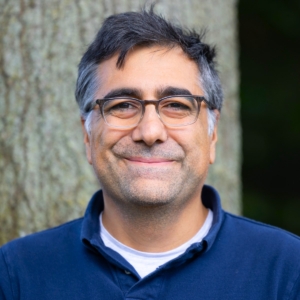Utilizing Distributed Acoustic Sensing with Telecom Fibers for Entomological Observations
The 2021 emergence of Brood X cicadas was monitored in situ in our testbed using a DAS system connected to an outdoor telecom fiber over a 16-day period. The spectral and energy characteristics of the cicada calling signal has been measured and analyzed.


